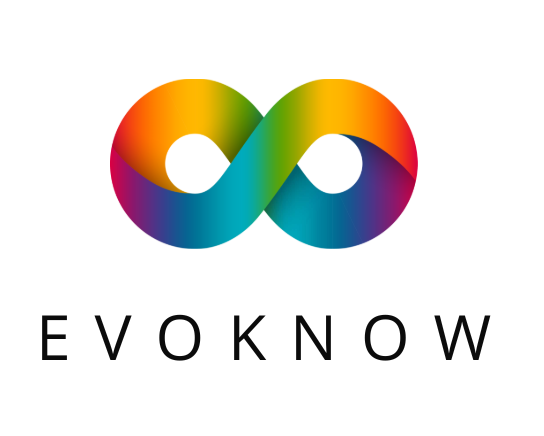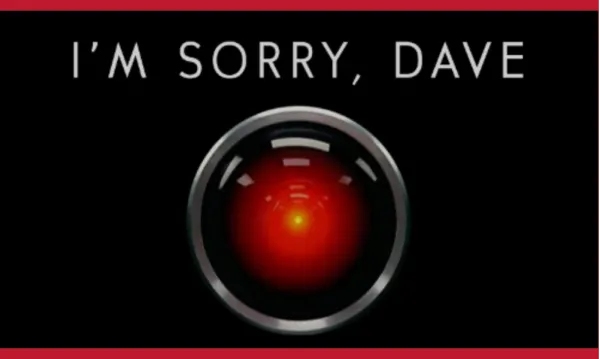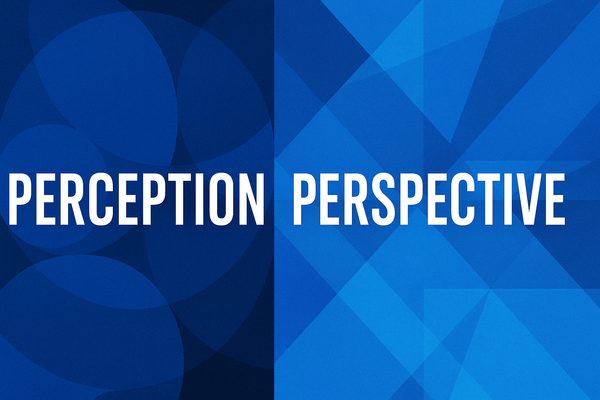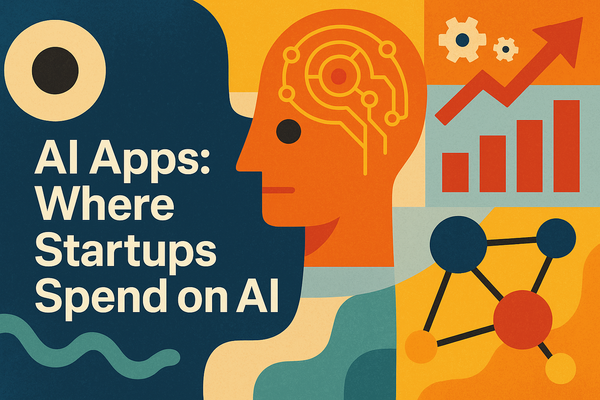The End of the Software Moat: What Comes After Knowledge Becomes Free
When everyone can build v1 in a day, the winner is whoever reaches v100 first. The limiting factor isn't the engineers anymore—it's everything else.
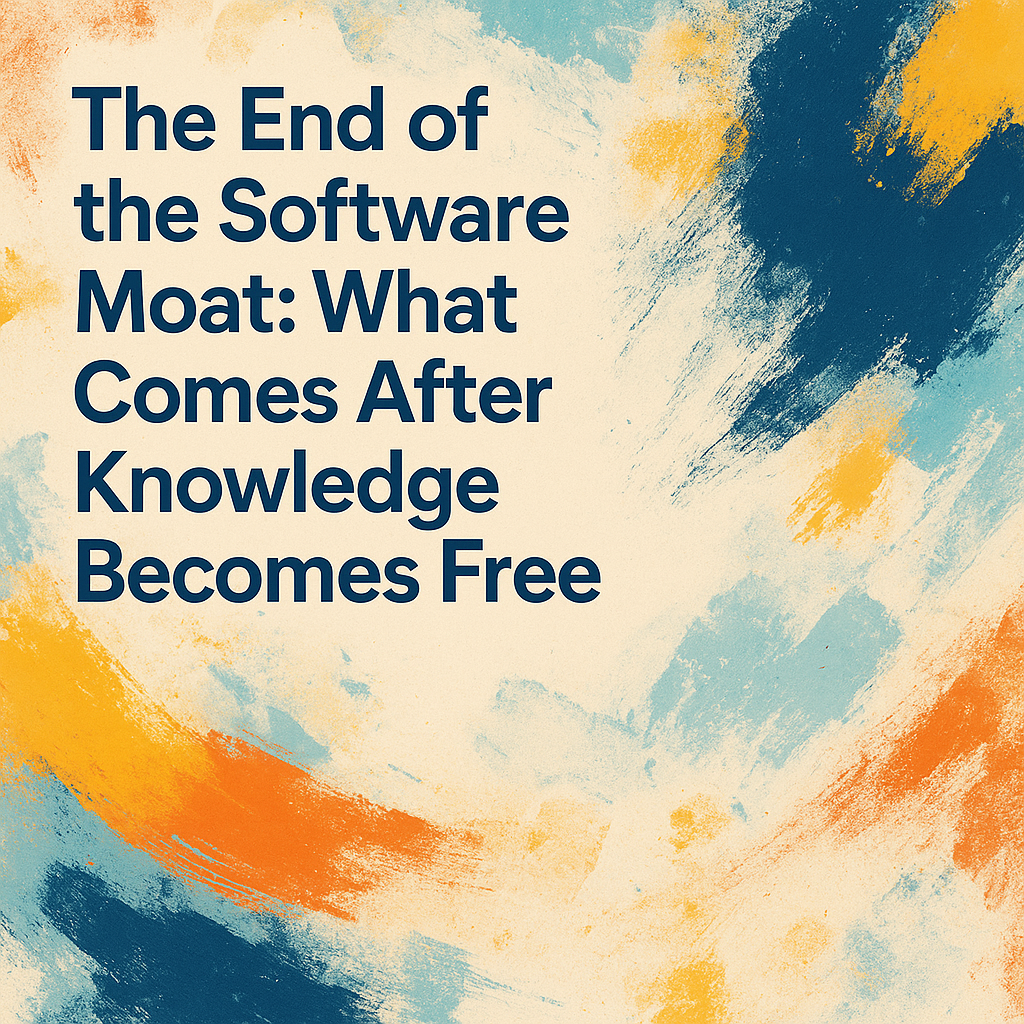
Something strange happened in the boardrooms of Silicon Valley over the past two years. The old certainties—the ones that guided decades of startup strategy—began to feel uncomfortably obsolete. Build proprietary technology, they said. Accumulate specialized knowledge. Create software that's too complex to replicate. These were the moats that protected companies from competition, the invisible fortresses that justified billion-dollar valuations.
But what happens when AI can replicate your software in an afternoon? When the specialized knowledge your team spent years accumulating is now accessible to anyone with a ChatGPT subscription? When the six-month development cycle shrinks to six hours?
We're watching the collapse of the software moat in real time, and it's forcing an uncomfortable reckoning: if code and knowledge are no longer defensible, what actually protects a company's future?
The Great Unbundling of Competitive Advantage
For thirty years, the playbook was straightforward. You hired brilliant engineers, built sophisticated software, and protected your intellectual property. The complexity itself was the moat. Your competitors couldn't easily replicate what took you years and millions of dollars to create.
That world is ending.
Today, a solo founder can describe a complex application to Claude or GPT-4, and watch it materialize in minutes. The technical barriers that once required venture-scale funding have collapsed. A mobile app that would have cost two hundred thousand dollars and six months to build in 2015 now costs essentially nothing and takes a weekend.
This isn't theoretical. We're seeing it everywhere. Startups launch with feature parity to incumbents on day one. Enterprise software that took years to develop gets cloned by competitors in weeks. The half-life of technical advantage has shrunk from years to months, sometimes weeks.
The knowledge moat is eroding just as quickly. The specialized expertise that once lived only in the heads of domain experts or behind corporate firewalls is increasingly captured in large language models. Need to understand FDA approval processes? Tax law in seventeen countries? The intricacies of supply chain optimization? AI can provide expert-level knowledge instantly, for free.
This creates a paradox that would have seemed absurd a decade ago: the easier it becomes to build software and access knowledge, the less valuable those things become as competitive advantages.
What Remains When Everything Else Falls Away
If software and knowledge aren't moats anymore, what is? The answer is both simpler and harder than the old paradigm: the things that can't be automated or instantly replicated.
Speed isn't about building fast anymore—it's about learning fast. When everyone can build v1 in a day, the winner is whoever reaches v100 first. This isn't about coding velocity; it's about institutional metabolism. How quickly can your company absorb feedback, make decisions, and ship changes? The limiting factor isn't the engineers anymore—it's everything else. Organizational structure. Decision-making processes. The courage to kill features that aren't working.
The companies winning in this new era have something that looks less like technical architecture and more like nervous system architecture. They've built organizations that can sense, process, and respond faster than their competitors. It's not about having better algorithms; it's about having better organizational algorithms.
Distribution has become the dominant moat, but not in the way we used to think about it. It's not about having more salespeople or a bigger marketing budget. It's about being embedded so deeply in someone's workflow that replacing you would require reimagining how they work. Stripe isn't hard to replicate technically—it's hard to replace because it's woven into the payment infrastructure of half the internet. The moat isn't the code; it's the integration points and the switching costs.
The same logic applies to physical presence. In a world where pure software is increasingly commoditized, having atoms in the equation—hardware, physical infrastructure, real-world touchpoints—creates friction that competitors can't instantly overcome. It's harder to compete with Tesla than with a pure software company, not because the software is better, but because manufacturing and distributing cars is genuinely difficult.
Data is still a moat, but only a specific kind of data. Simply having a lot of historical data doesn't help much anymore—that can often be synthesized or approximated. The moat is in proprietary data flywheels: systems where your product generates unique data that makes your product better, which attracts more users, which generates more unique data. Think about how Waymo's autonomous vehicles accumulate millions of miles of edge cases that can't be replicated in simulation. Or how Stripe's fraud detection improves with every transaction across millions of merchants. The moat isn't the data itself—it's the self-reinforcing loop.
Trust and brand have become strangely more valuable, not less, in an AI-abundant world. When there are infinite options and infinite AI-generated alternatives, the ability to be a trusted filter becomes precious. People will pay more for Patagonia than for an identical jacket from a no-name manufacturer, not because the materials are better, but because the brand carries meaning and trust. In a world of overwhelming choice, that trust is worth more than ever.
This plays out in B2B as well. When every vendor can claim similar capabilities and demonstrate similar demos, enterprise buyers fall back on relationships and reputation. They choose the vendor their trusted advisor recommends. They stick with the company that answered the phone when things went wrong. The human elements that we thought would be automated away have become more critical.
Regulatory moats are quietly becoming some of the strongest defenses. Getting FDA approval, navigating healthcare compliance, obtaining banking licenses, meeting defense contractor security requirements—these things take time, expertise, and political capital that AI can't shortcut. A fintech startup might be able to build Plaid-equivalent technology in a month, but getting licensed in fifty states still takes years.
This is creating a strange inversion: the most bureaucratic, regulated industries are becoming some of the most defensible for startups willing to navigate them. The moat isn't technical anymore; it's administrative and political.
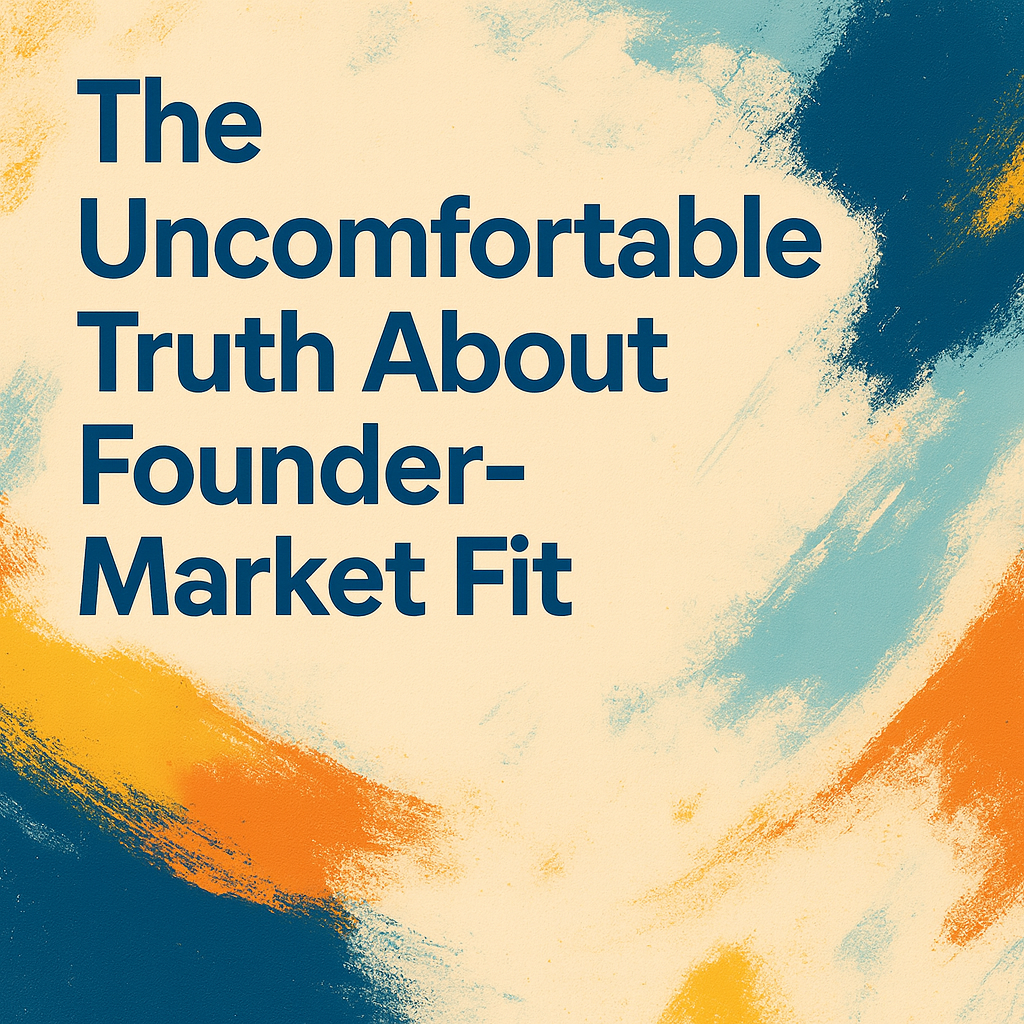
The Uncomfortable Truth About Founder-Market Fit
Perhaps the most profound shift is this: competitive advantage is flowing back toward people and away from artifacts.
In the old world, you could hire smart people to build valuable technology, and then that technology became your moat. The value lived in the thing they created. Founders could exit, key employees could leave, and the company retained its competitive position because the moat was in the code, the patents, the accumulated intellectual property.
That's increasingly not how it works. When knowledge is abundant and software is easy to build, the moat lives in the team's ability to execute, learn, and adapt. It lives in the founder's specific insights and relationships. It lives in the culture that enables fast decision-making.
This is why "founder-market fit" has gone from a nice-to-have to a necessity. A great generalist founder could succeed in the old world by hiring experts and building software. But when software isn't the moat, you need founders who have lived in the problem space, who have the relationships and credibility that can't be replicated by someone else with access to the same AI tools.
The moat is increasingly inseparable from the people themselves. This is uncomfortable for investors who want to bet on businesses that can outlive their founders. But it's the reality we're moving toward.
Building for a Post-Software World
So what does this mean for founders starting companies today?
First, abandon the idea that technical complexity will protect you. It won't. Your competitors will have access to the same AI tools you do. Build the simplest thing that works, and invest your energy in everything that comes after: distribution, iteration speed, customer relationships.
Second, look for moats in the physical world and in regulation. If your entire business exists in pure software, you're in the most competitive possible position. Find ways to touch the physical world. Embrace regulatory complexity rather than avoiding it. These are the new sources of defensibility.
Third, build for speed of learning, not speed of building. Everyone can build fast now. Differentiate on how quickly you can learn what to build next. This means tight feedback loops with customers, ruthless prioritization, and organizational structures that don't slow you down.
Fourth, distribution is product. Stop thinking about building a product and then figuring out distribution. Build distribution into the product from day one. Make it naturally viral, make it integrate into existing workflows, make it painful to remove.
Finally, pick problems where your specific background gives you an unfair advantage. In a world where technical skill is increasingly commoditized, personal insight and relationships become more valuable. You can't outsource founder-market fit to AI.
The Paradox of Abundance
There's a deeper irony in all of this. We're entering an era of unprecedented abundance—abundant software, abundant knowledge, abundant technical capability. And yet, in a world of abundance, the scarce things become more valuable, not less.
Trust is scarce. Attention is scarce. Regulatory approval is scarce. Real-world data is scarce. The organizational ability to move fast is scarce. Human relationships are scarce.
The companies that win in the next decade won't be the ones with the most sophisticated technology or the deepest knowledge bases. They'll be the ones that figured out how to create and defend scarcity in a world of abundance.
The software moat is dead. Long live the moats we're only beginning to understand.
